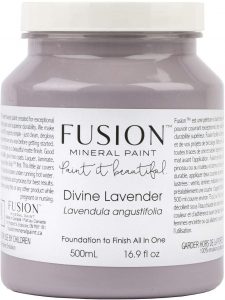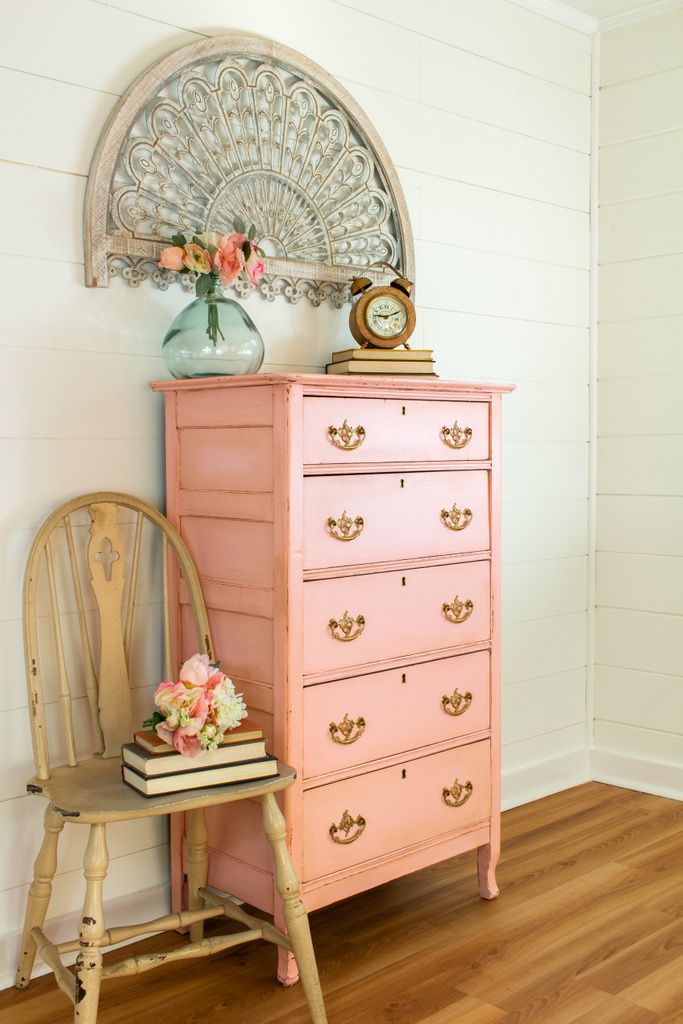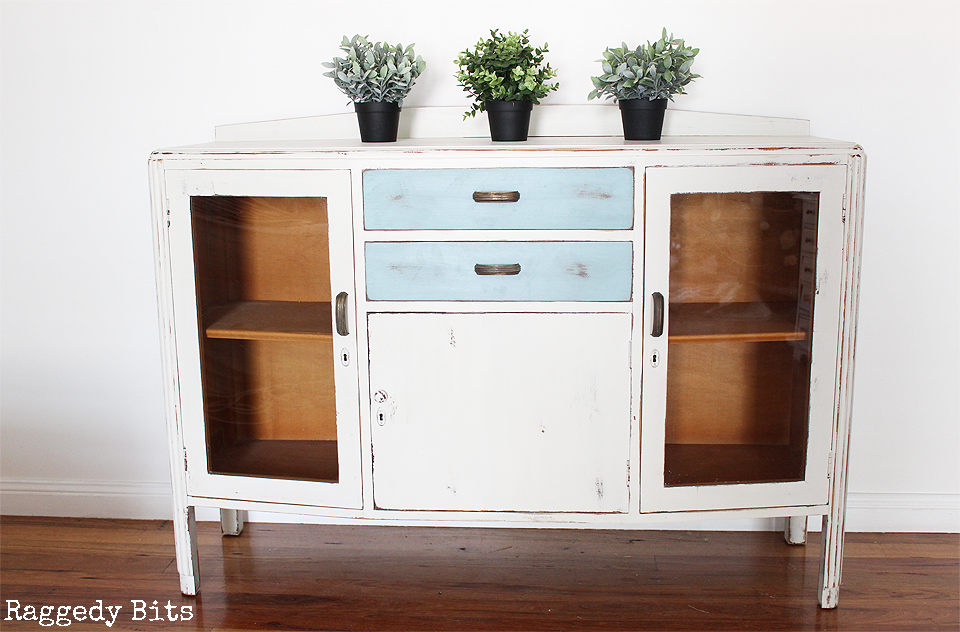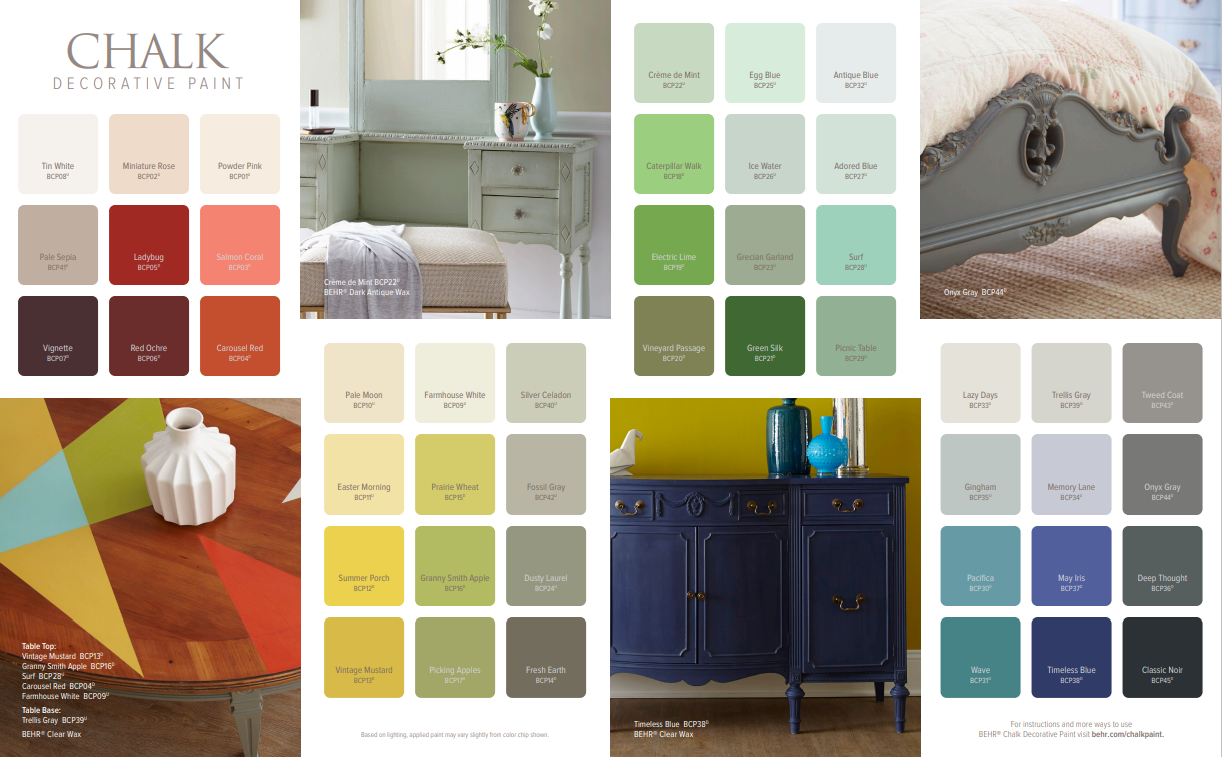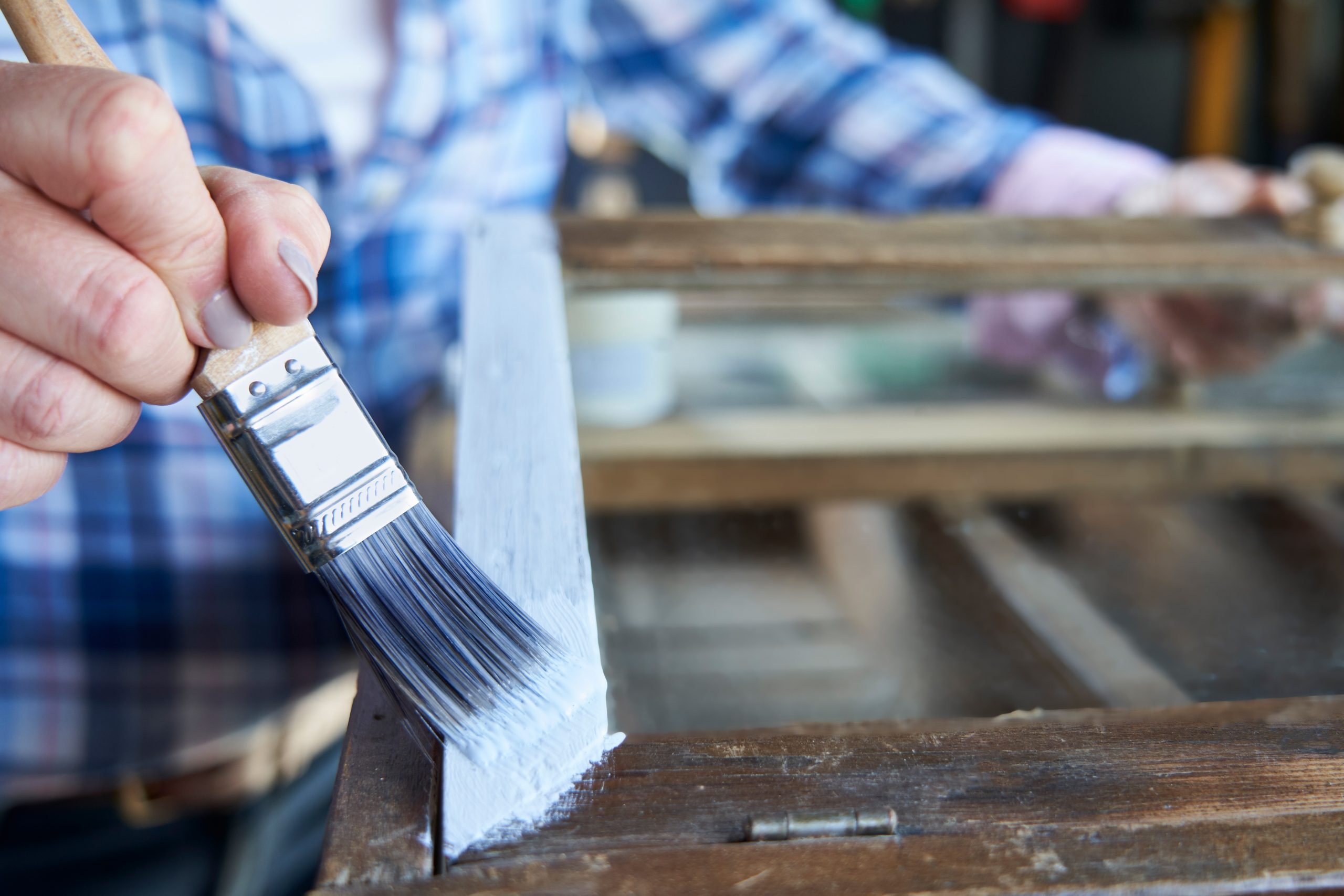If you’ve done any furniture refinishing, you’ve probably wondered can you paint over stain? The simple answer is yes, but you need to prepare your stained piece appropriately. Correct preparation ensures the paint will adhere properly and that the stain will not bleed into the paint.
Preparation is going to vary significantly based on what type of paint you’re using and the piece you’re finishing. You can read the whole article if you want more details, but I’ll summarize all the basic principles here.
If you’re painting with a latex paint OR using a stain-blocking primer, even an unfinished piece (stain only, no varnish or top coat) will need a light sanding. If the piece has a finish, you need to sand until the finish is completely removed AND wipe everything down with a deglosser.
If you’re painting with a chalk or mineral paint, lightly sand high-gloss pieces. Low-gloss or matte pieces do not need to be sanded. However, if you’re going to use a stain-blocking primer underneath your mineral/chalk paint, you need to complete the more extensive prep needed for that primer (see above).
No matter what piece you have or paint you’re using, thoroughly clean your piece with AT LEAST soapy water, being sure to rinse off the residue from the cleaner.
Once your piece is clean, consider using a stain-blocking primer. Certain wood stains can bleed into your paint and ruin your work. To test for bleeding, I recommend painting a small portion of your piece with a couple coats of paint and letting it sit for two or three days. This isn’t a foolproof method, but it’s easier than using a stain blocking primer even when you don’t need it and better than realizing the stain bleeds after painting your entire piece.
Those four points are the crux of what I’ll be getting at below. However, there is more to learn and some tips to follow.
Painting Over Stained Wood the Easy Way
While we often adjust our projects for the materials we have on hand, you can save yourself a lot of time and effort by purchasing specific materials, especially if your project involves painting over stained wood. If you don’t want to spend a long time sanding down a finish or priming with an oil-based paint, I recommend Fusion Mineral Paint.
Fusion is perfect for stained wood projects. If the piece is high-gloss, all you need is a light sanding with a medium-grit sandpaper. If the piece is low-gloss or no-gloss, no sanding is necessary.
After sanding, clean your piece thoroughly and wait until it dries completely. From there, the surface of the wood is ready to paint. Fusion has amazing coverage and durability meaning minimal prep and low risk of bleed-through.
Painting Any Type of Stain Using What You Already Have
It’s nice to have the option of a high-quality product with minimal prep work, but buying the perfect product for every project is a luxury even if it does save time. Whether the stain in the wood is oil-based or water-based, you can paint over it using what you already have in your DIY tool kit.
Start by sanding your piece thoroughly, being sure to remove any old finish. Then clean the piece and let it dry.
If you don’t have a stain-blocking primer on hand, you can use shellac or another top coat in your arsenal in its place. This works especially well if you just have a few knots you know you want to cover. Cover the knots with at least two thin coats, letting each coat dry before applying the next.
Sand those spots lightly to rough the surface and allow the paint to adhere. Then your piece is ready to paint with whatever paint you have on hand!
It’s important to remember that this is a DIY method that is good for those last-minute situations where you want a little extra security from bleed-through. It is probably not going to be good enough if you’re painting a mahogany piece pure white. If you need to cover your whole piece (not just the knots), I’d recommend getting a stain-blocking primer.


